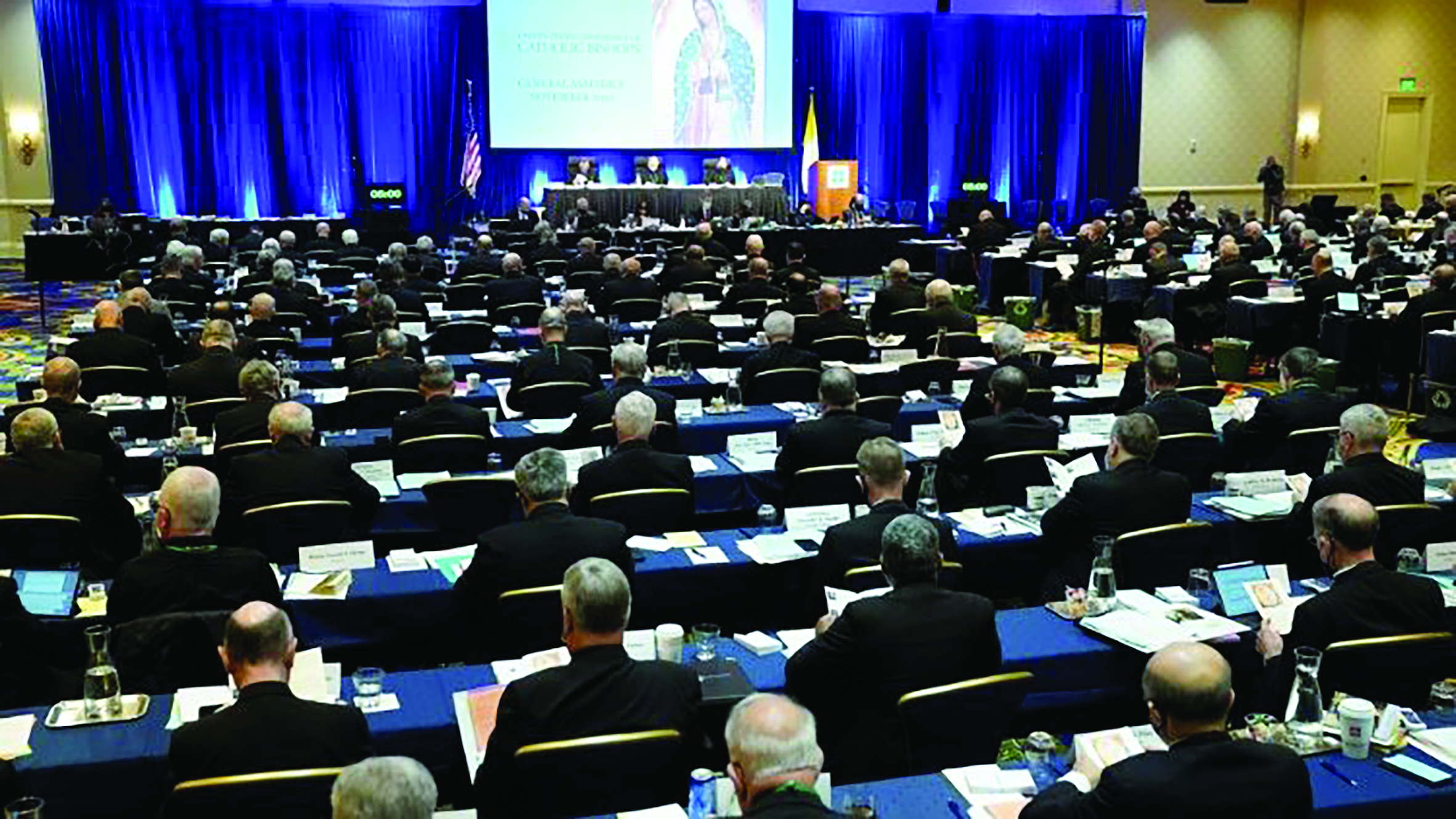Benedict XVI’s personal secretary is the new prefect of the Pontifical Household. He replaces Archbishop (now Cardinal) James Harvey. He will be consecrated an archbishop on January 6 and will also remain the pontiff’s personal secretary. The decision reinforces Gänswein’s position as the Pope’s “right hand”
Pope Benedict, showing his great trust in his personal secretary, Monsignor Georg Gänswein, on December 14 appointed Gänswein the new prefect of the Papal Household.
Gänswein will replace the American Cardinal James Harvey, who had been prefect for 14 years, since February 1998, and has just been named the archpriest of St. Paul’s Outside the Walls, one of the principal basilicas of Rome.
At the same time, Gänswein will continue to be the Pope’s personal secretary.
This appointment is unprecedented in recent Vatican history.
Pope John Paul II did something similar in the late 1990s, naming his personal secretary at that time, Father (now Cardinal Archbishop of Krakow, Poland) Stanislaw Dziwisz (XXXXXXXXXXXXXX) a bishop and, on February 7, 1998, making him at the same time the “adjunct prefect” of the Papal Household alongside the new prefect at the time, Harvey.
But Gänswein will not be an “adjunct prefect,” he will be the actual prefect.
This means that the Pope is entrusting Gänswein with complete control of the prefecture of the Papal Household, the office which oversees access to papal audiences and all meetings with the Pope himself.
One leading Vaticanist, Andrea Tornielli, described on Friday the significance of this decision in this way: “At the beginning of Benedict XVI’s pontificate, very few would have expected Benedict XVI to make such a choice given the criticisms against his predecessor,” Tornielli wrote. “But today’s appointment should be seen in the context of the Vatileaks scandal — the theft and publication of confidential documents from the Pope’s desk. By appointing his secretary an archbishop and giving him a tough task within the Curia’s organizational chart, the Pope has created a protective shield around his collaborator for the future. He has also strengthened him significantly by making him the main interface in Pope-Curia relations and with the outside world.”
There are several little mysteries concealed in this paragraph. What were the criticisms against Benedict’s predecessor (Pope John Paul II) when he decided to make Dziwisz the adjunct prefect? And what is the “protective shield” that the Pope is building around Gänswein? And why is it thought necessary to build such a “shield”?
The criticisms against John Paul’s decision were mainly two: (1) that Dziwisz had been given too much power, and (2) that his exercise of that power was sometimes “idiosyncratic” (“idiosyncratic” means “a structural or behavioral characteristic peculiar to an individual or group”; so, in this case, that Dziwisz had a very personal vision of how to carry out his duties). How so? It was said that Dziwisz’s personal worldview, shaped by his experience in Communist Poland, caused him (as is normal, of course) to look at things from his own Polish perspective. This caused friction when it did not coincide with the perspective of others in the Roman Curia and throughout the Universal Church.
Then, what does Tornielli mean by saying that the Pope, in doing this, has created a “protective shield around his collaborator for the future”?
He means, it would seem, that Gänswein has critics, even enemies, in the Curia and in the Church hierarchy. If there were no such critics or enemies, there would be no need for the Pope to think of “protecting” or “shielding” him, as Tornielli says he is doing.
It is said in Rome that Gänswein, in staunchly protecting the time and energy of the Pope — which is, after all, his duty — has irritated a number of cardinals and bishops, both in the Curia and around the world.
It is also alleged that this may have prevented the Pope from being informed about certain important matters, especially financial and administrative matters — like the cases of corruption alleged by Archbishop Carlo Maria Viganò (XXXXXXXXX), who was then posted to the United States where he is now the nuncio.
However, in keeping Gänswein by his side, the Pope seems clearly to be saying that he does not accept this interpretation of events.






Facebook Comments